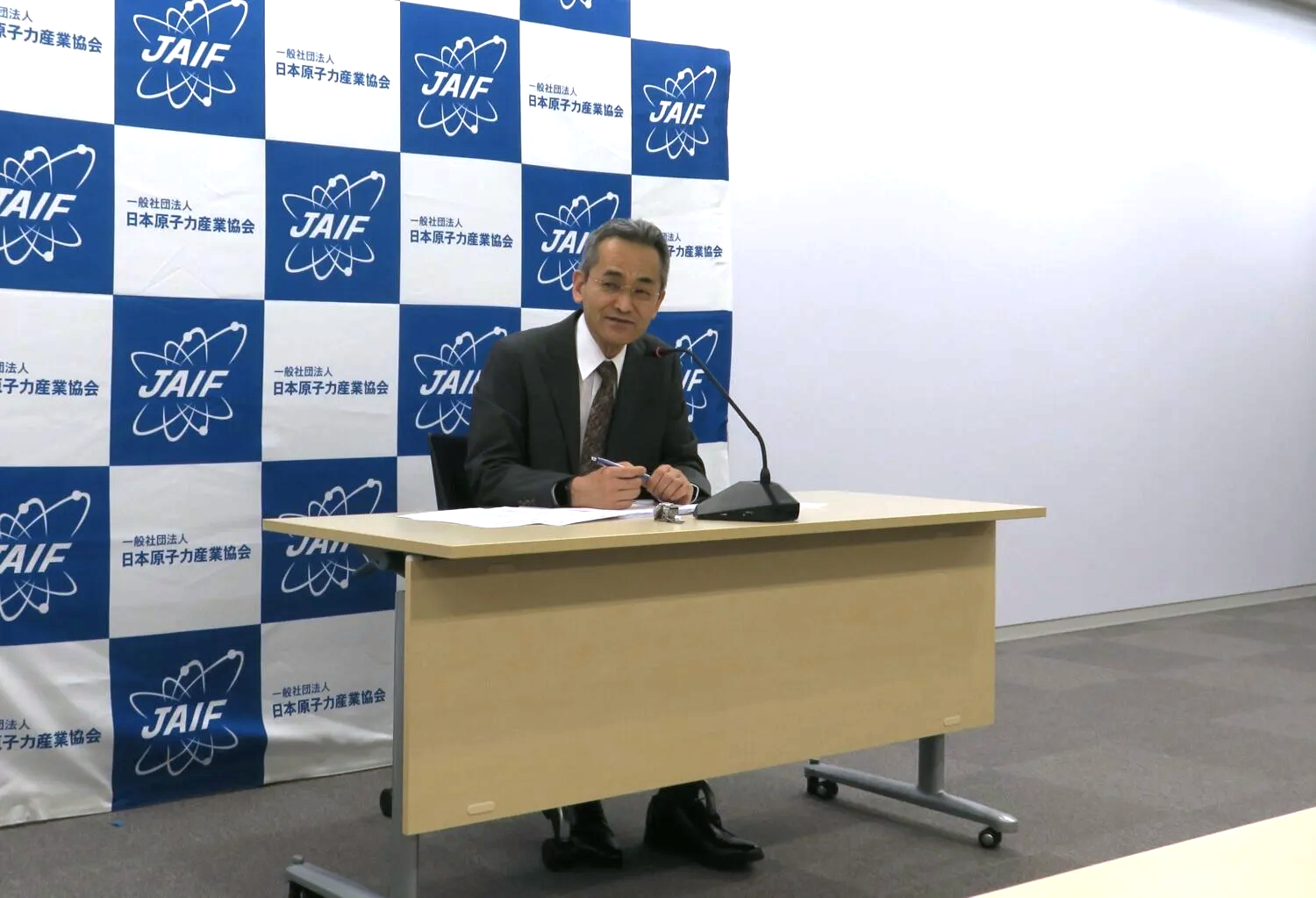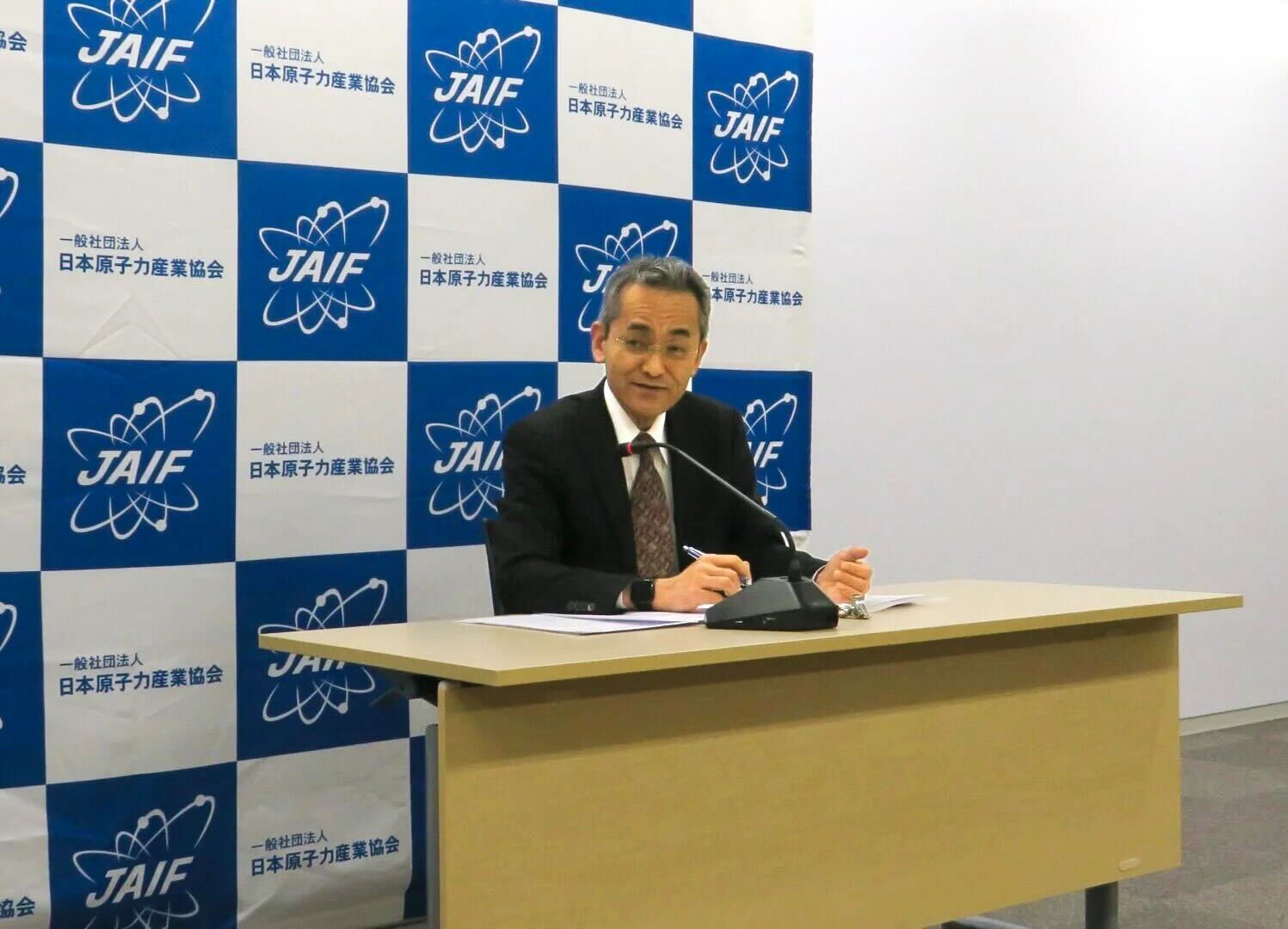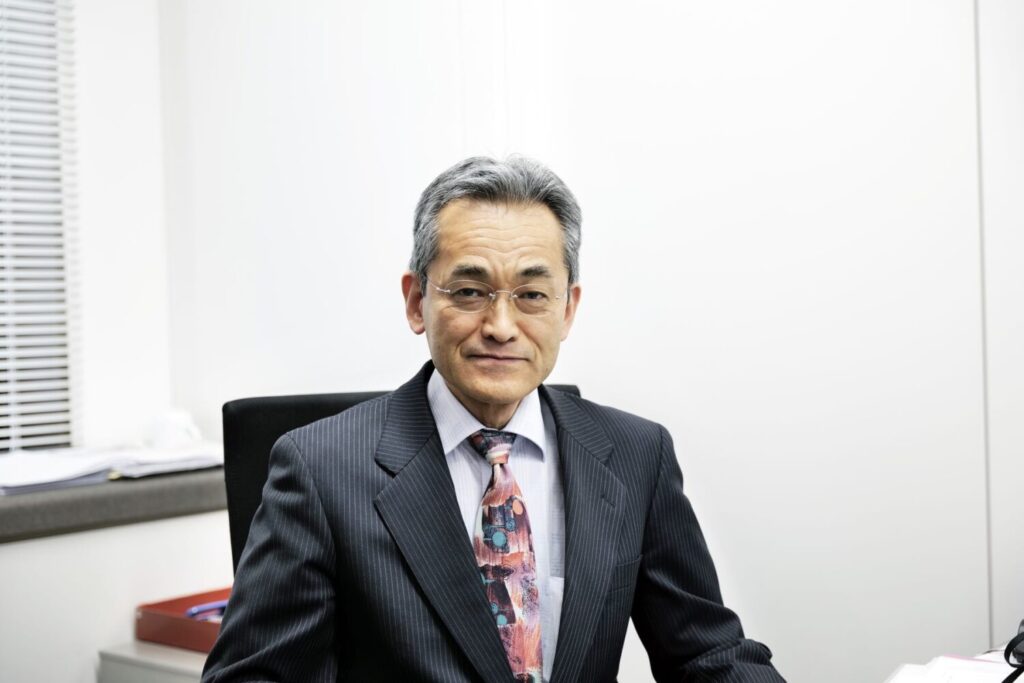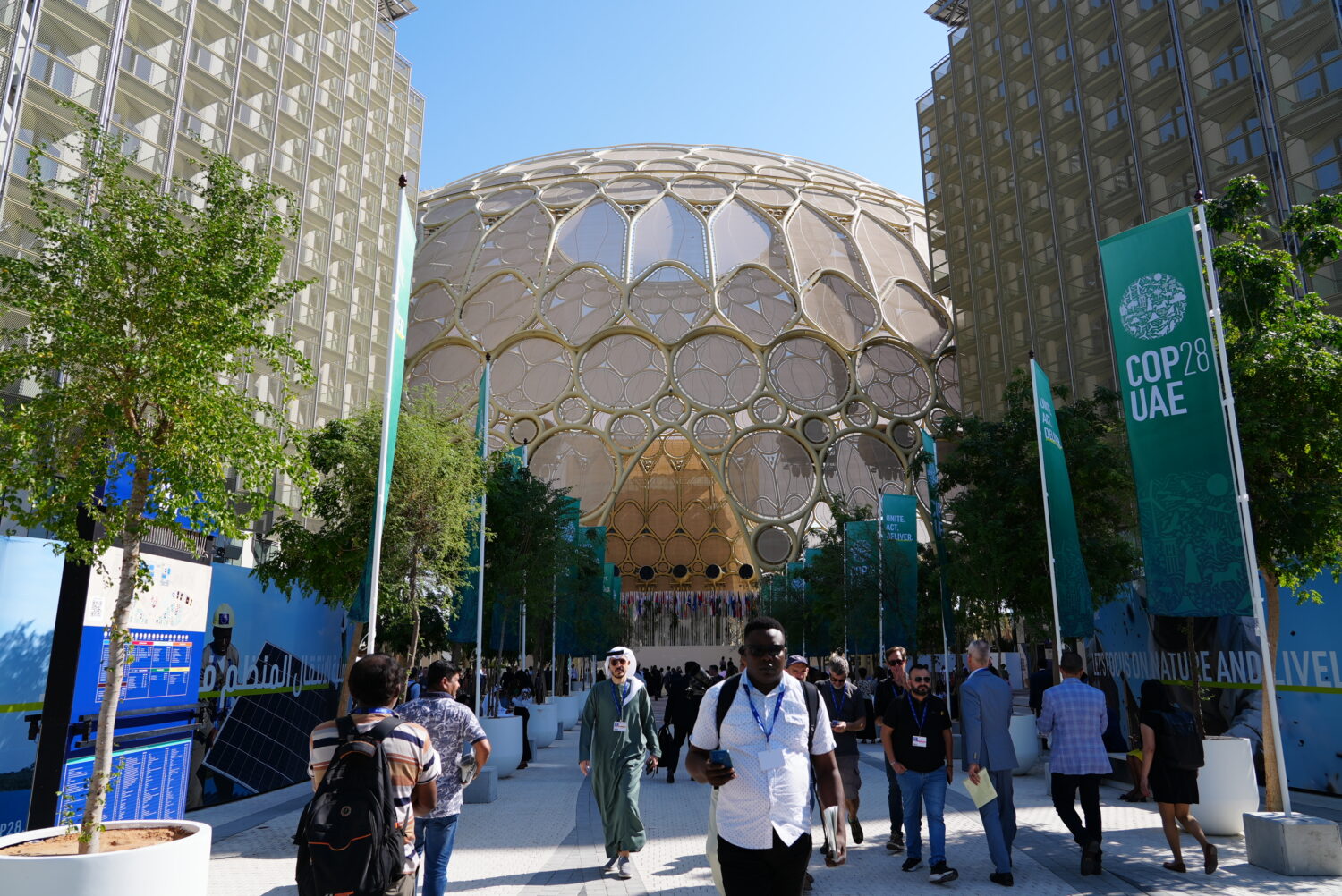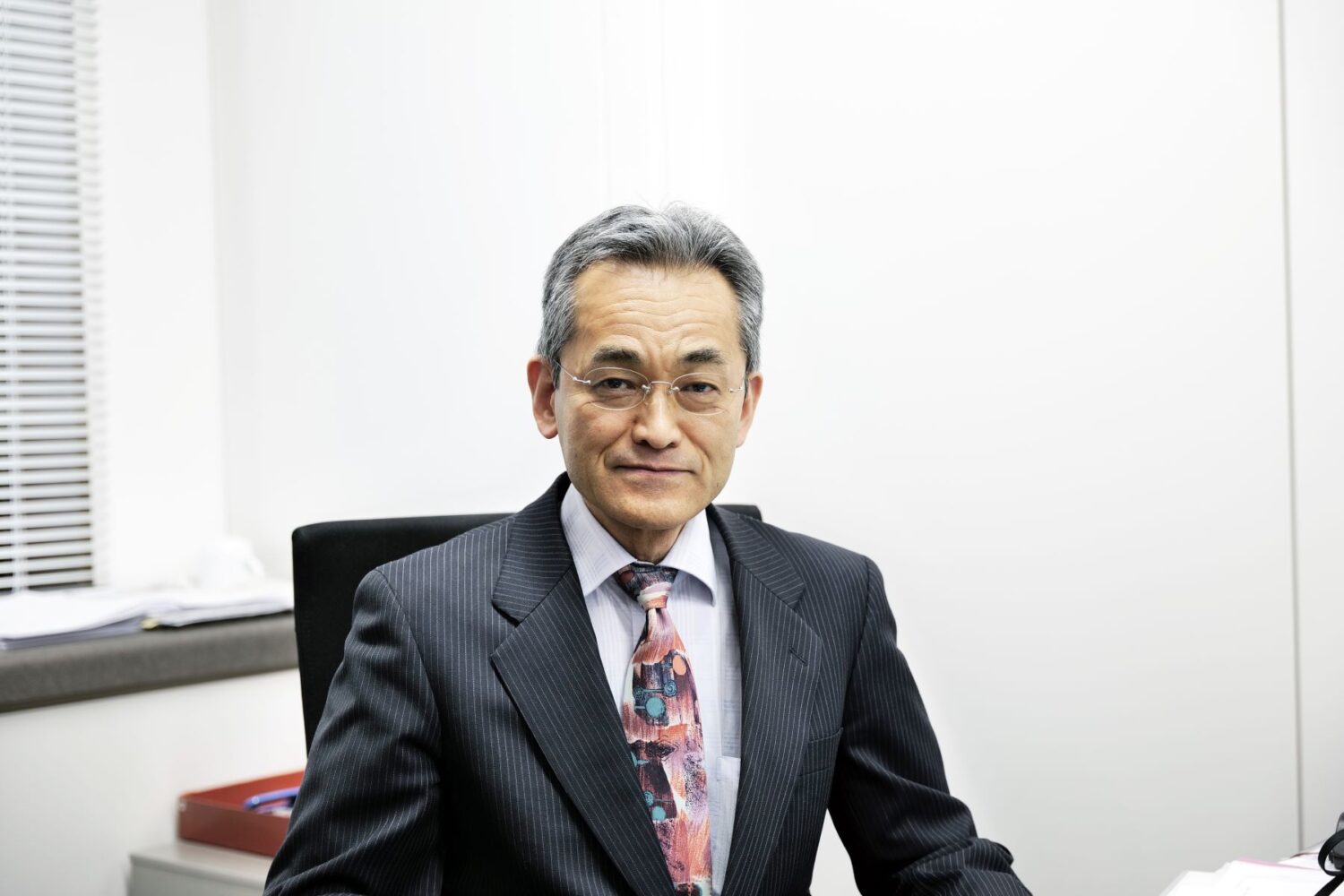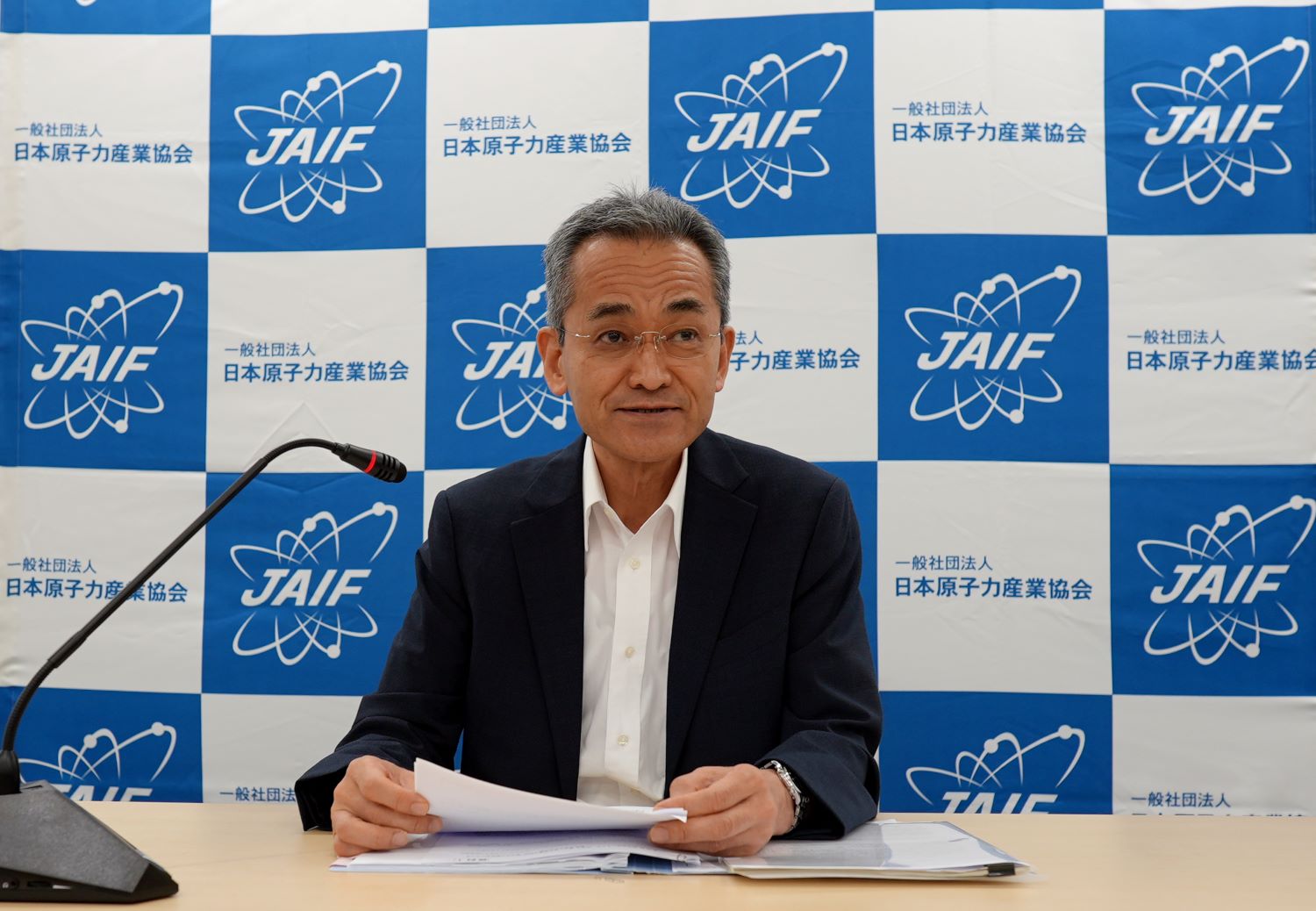So far, similar applications have been approved for 12 plants in the country, all of which use pressurized water reactors (PWRs). Unlike those, the two units at Kashiwazaki Kariwa are both advanced boiling water reactors (ABWRs, 1356MWe each), using the same boiling water reactor (BWR) technology found in the Fukushima Daiichi NPPs, the site of a tsunami-caused accident back in March 2011. They are thus the first BWRs nationwide to have their application for installation changes approved since the new regulatory standards took effect.
During the inspection to assess the conformity of the two units for their compatibility with the new regulatory requirements, TEPCO strove to improve their safety even further: not just doing so for that equipment—such as filter vents—for which inspections were obligatory, but also carrying out such actions as voluntarily installing an alternate circulation cooling system.
Since that system is capable of reducing both the pressure and temperature of the reactor containment vessel (RCV), while maintaining its containment functions, the NRA also noted the enhancement to safety that such a system would enable, thus incorporating it into its new standards and mandating its installation at other BWR plants.
That underscores the truly pioneering role played by the two Kashiwazaki Kariwa units as the first BWR plants nationwide to undergo and pass inspection for conformity to the new regulatory standards. I would like to take my hat off to both TEPCO and the regulatory authorities for the efforts they must have exerted in the more than 4 years that have elapsed since the original application was made in September 2013.
Roughly half of the operable NPPs nationwide are BWRs. For Japan, devoid as it is of domestic energy resources, the role played by nuclear power is enormous, given its excellent contribution to realizing all the so-called “3 E’s,” namely, securing a stable energy supply, promoting economic efficiency, and enhancing environmental compatibility. Besides PWR plants, the resumption of operation of which is steadily progressing, it is also necessary, then, for BWR plants to be restarted.
The operators of BWR plants in Japan ought to share the experiences and achievements of the inspections of Units 6 & 7 at Kashiwazaki Kariwa with each other, applying the positive fruits to their future activities. Not only will that enable them to lay the groundwork for and respond to subsequent inspections of their plants more efficiently, I hope, but also make it easier for the regulatory authorities to implement the said inspections more smoothly.





